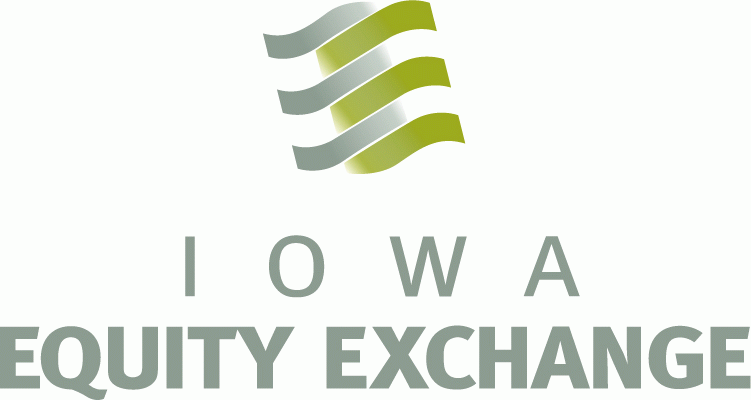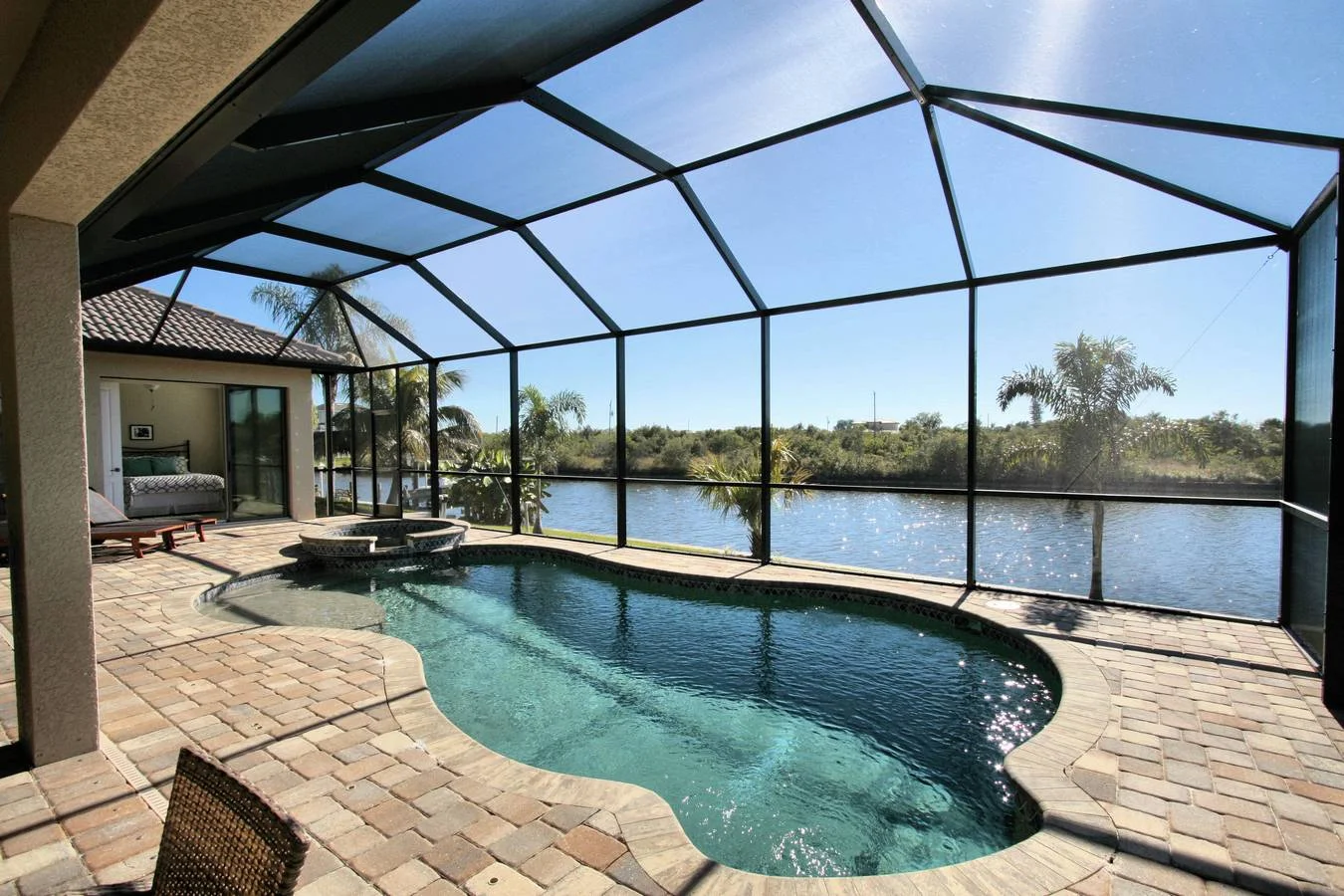Guidance on the exchange of vacation homes
Guidance on the exchange of vacation homes was provided in Revenue Procedure 2008-16 by the Internal Revenue Service. This procedure was brought about as a result of a case in Tax Court Moore v. Commissioner, (T.C. Memo 2007-134) and a subsequent report by the Treasury Inspector General for Tax Administration that called for more IRS guidance on the subject. The revenue procedure creates a Safe Harbor for these exchanges; i.e., if an exchange is conducted in compliance with the parameters set forth, it will not be challenged. It is effective for exchanges commencing on or after March 10, 2008, which is also the date the procedure was published in Internal Revenue Bulletin 2008-10.
The purpose of this revenue procedure is to create guidelines under which the taxpayer can establish that the property in question qualifies as held for investment, not simply owned for the personal use of the taxpayer with the hope for future appreciation.
Boiled down, the revenue procedure says that in order to qualify within the safe harbor, a dwelling unit, whether it is the relinquished property or the replacement property in the exchange (or both), must be owned by the taxpayer for at least 24 months before (in the case it is relinquished property) or after (in the case it is replacement property), and within each of the two 12-month periods immediately before and/or after the exchange: 1) The taxpayer rents the property to another person at fair market rent for 14 days or more, and 2) The taxpayer uses the property for personal use not more than the greater of 14 days or 10 percent of the number of days during the 12-month period that it is rented at fair market rent.
I realize that's a little cumbersome, but when does the government make things easy to understand? How about an example to clarify things some? You've owned a vacation home for three years. You put it on the market and it sells. Going backward from the date of sale (which is also the date your exchange begins), you did the following: 1) During the previous 12-month period, rented the property a total of 250 days at fair market rent and used it for personal use not more than 25 days (10% of the total days it was rented), and 2) During the 12-month period prior to that, rented the property only 100 days at fair market rent and used it for personal use not more than 14 days (the maximum allowable use given the fact that you only rented it for 100 days). If you can substantiate these facts in a satisfactory manner, this property falls within the safe harbor described above.
Another important aspect of the ruling to be aware of is the definition of "personal use." The definition is quite broad. The best place to learn what constitutes personal usage is at the IRS website itself. The IRS defines personal usage as follows:
Any day that the unit is used by:
You or any other person who has an interest in the property, unless you rent your interest to another owner as his or her main home and the other owner pays a fair rental price under a shared equity financing agreement
A member of your family or of a family of any other person who has an interest in the property, unless the family member uses it as his or her main home and pays a fair rental price
Anyone under an agreement that lets you use some other dwelling unit (i.e., you and someone else swap weeks at each other’s vacation rental home)
Anyone at less than fair rental price
Also, be aware that the IRS allows for “maintenance days” at the property that do not count against personal usage. In IRS Publication 527, there is a good definition of a maintenance day: Any day that you spend working substantially full time repairing and maintaining (not improving) your property isn’t counted as a day of personal use. Don’t count such a day as a day of personal use even if family members use the property for recreational purposes on the same day.”
Please get in touch with any other questions on this topic.
© IOWA EQUITY EXCHANGE


